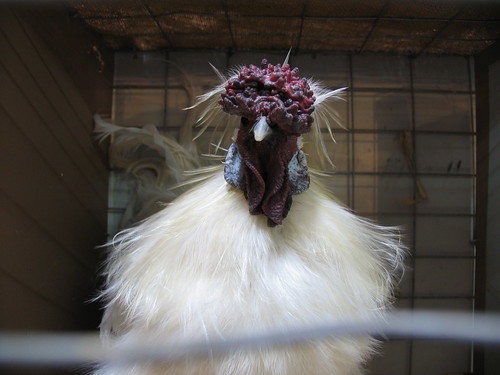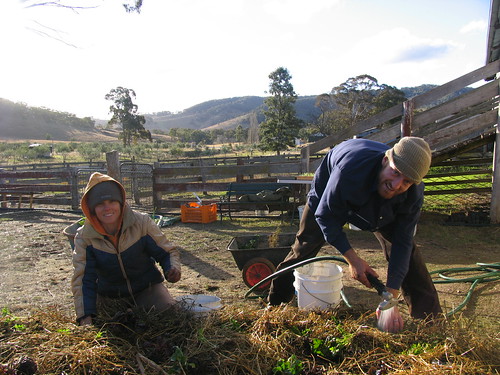Urban dispatches from the undergrowth

Lucas Ihlein. And Bon Scott.
We are very pleased to announce that the esteemed Sydney blogger and artist, Lucas Ilhlein, will be keeping a weekly diary of the ongoing process that will be our part-time Urban Permaculture Design Course in Sydney this Winter, starting May 29th. Lucas will be attending our course as a student and will lend his unique perspective to a summation of the class (as he understood it) on a weekly basis.
As the course progresses, from the end of May until mid August this year, i imagine we’ll all get a pretty clear idea of what a Permaculture Design Course involves and also how it intersects with the life of an inner-city artist who lives in a flat but dreams of reviving city-wide goat keeping, vegetable swaps and edible footpaths.
Comrade Ilhlein will be providing these urban dispatches at his blog Bilateral. Bring on the urban permaculture.



